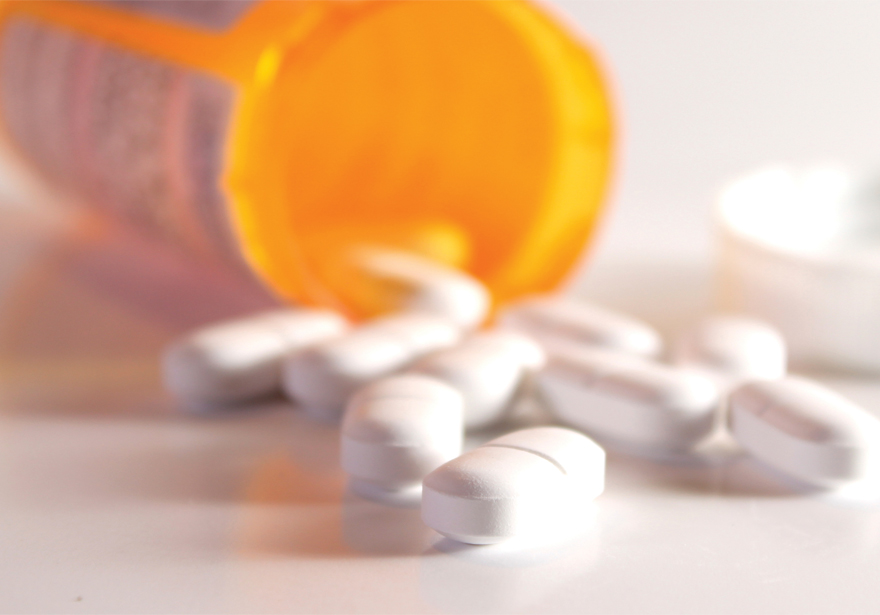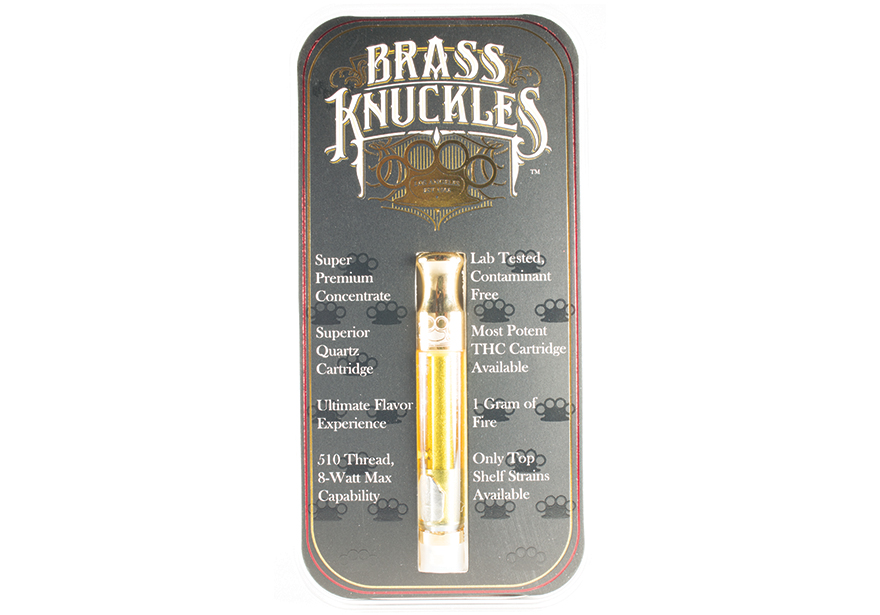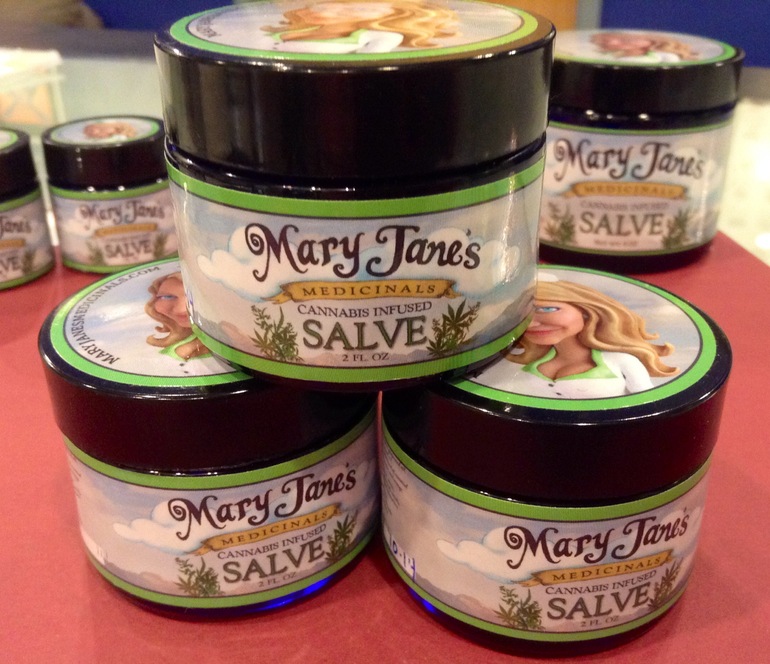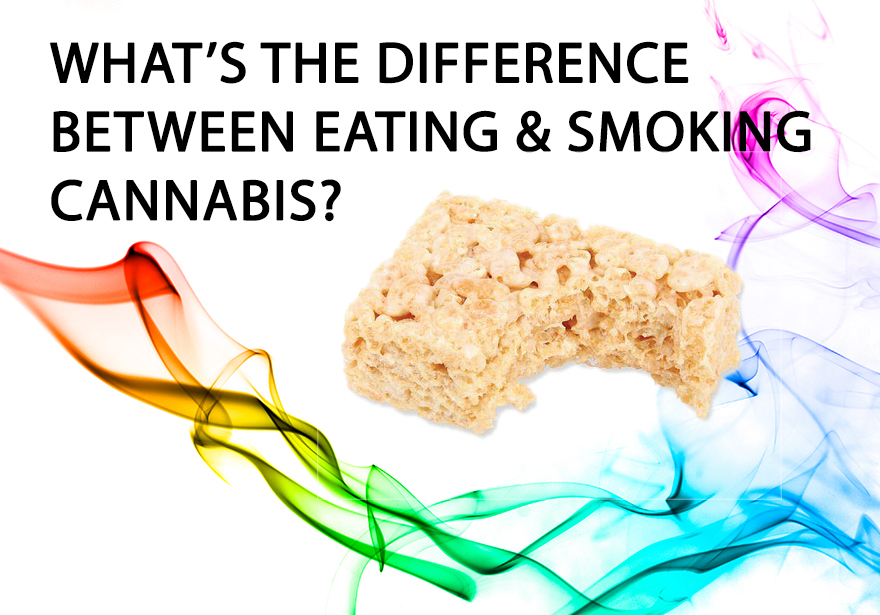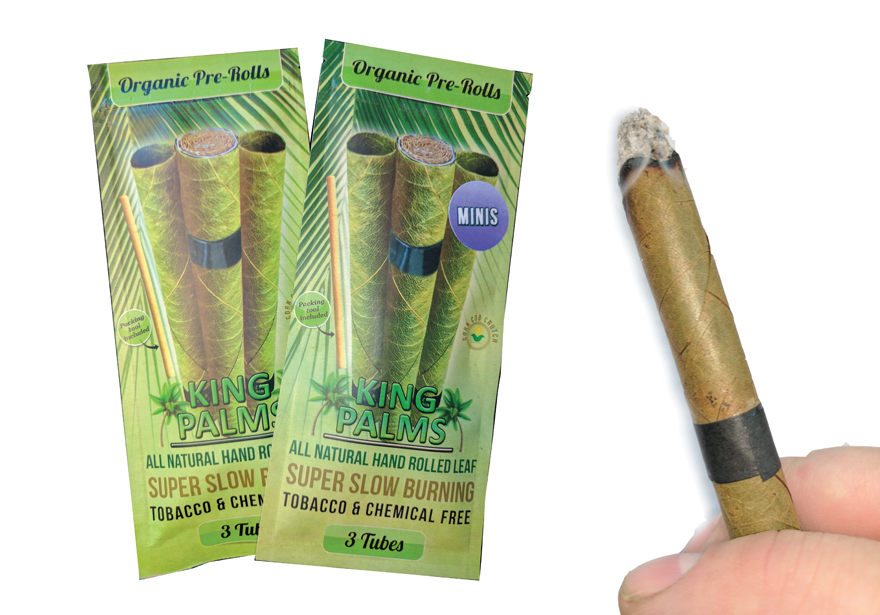The employee health benefit group, Castlight Health, recently completed a study on opioid consumption. Castlight is an employee health benefit provider and what they found is that use of this intrusive pharmaceutical, is in fact lower within the states that have either medical and or recreational access. Investigators assessed anonymous prescription reporting data from over one million employees between the years 2011 and 2015.
In this study, they defined “abuse” as opioid use by a person who was not receiving medical assistance. Those who received greater than a 90-day cumulative supply of opioids, and received an opioid prescription from four or more providers were researched. They found that only 2.8 percent of individuals with an opioid prescription living in medical marijuana states met the criteria. The states that did not permit medical cannabis access had 5.4 percent of individuals with an opioid prescription qualified as abusers of the drug.
In 2015, the RAND Corporation found that the U.S. states that had medical marijuana dispensaries and delivery services, experience a decrease in both opioid addictions and opioid overdose deaths compared to states that do not. As well as data from the Journal of the American Medical Association (JAMA) Internal Medicine stated the enactment of statewide medicinal marijuana laws is associated with significantly lower state-level opioid overdose mortality rates. “States with medical cannabis laws had a 24.8 percent lower mean annual opioid overdose mortality rate compared with states without medical cannabis laws.”
Most recently, Illinois launched their medical marijuana program, providing patients with the option to choose cannabis over addictive, expensive and sometimes deadly pharmaceutical prescription drugs. Currently, in states where medical cannabis is legal, there are now fewer deaths associated with pharmaceutical drugs (thankfully).
The study compares the number of pharmaceutical-related deaths in 13 states where medical marijuana was legal before 2010 to states where medical marijuana remains illegal. The report reveals that states where medical marijuana is legal have a 25 percent lower rate of opioid-related deaths. Sequentially, there were approximately 1,729 fewer opioid-related deaths in 2010 in states where patients have access to medical marijuana. Rates for opioid deaths have been estimated to have dropped even lower within the five fully recreational states with full access to cannabis.
Opioids and narcotics are the primary drugs used to treat chronic pain, despite their noxious side effects. According to the CDC, approximately 44 people die everyday due to prescription drug overdose. In 2012 alone, healthcare providers wrote more than 259 million prescriptions for painkillers. Cannabis, on the other hand, can help ease pain, has low levels of toxicity and is impossible to overdose on. In addition, there are cannabinoid receptors in some regions of the brain that can even alter chronic pain. For instance, rather than consume a deadly opioid like OxyContin for chronic pain, patients can ingest medical cannabis to mitigate pain without the harmful side effects.
With the most recent passing of popular musician Prince and his now publicly discovered addiction to opiates, our awareness of addiction bring this to the masses at a critical moment. The overdose risks associated with use of opioid painkillers such as Oxycontin and Vicodin grows. Hopefully, individuals with chronic pain and their medical providers will now be seeking to treat pain entirely or in part with medical marijuana within the states where medical and recreational cannabis is legal.
Keiko Beatie
Senior Editor

